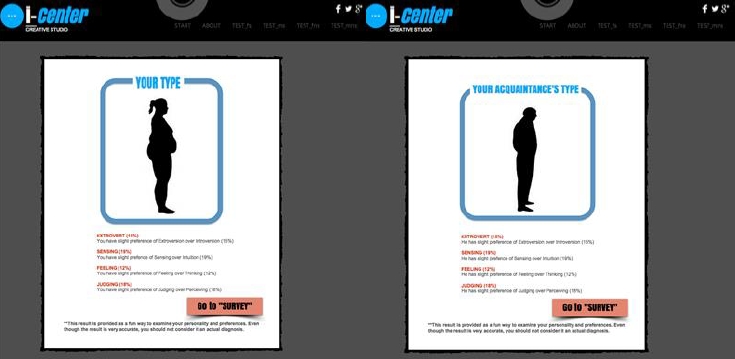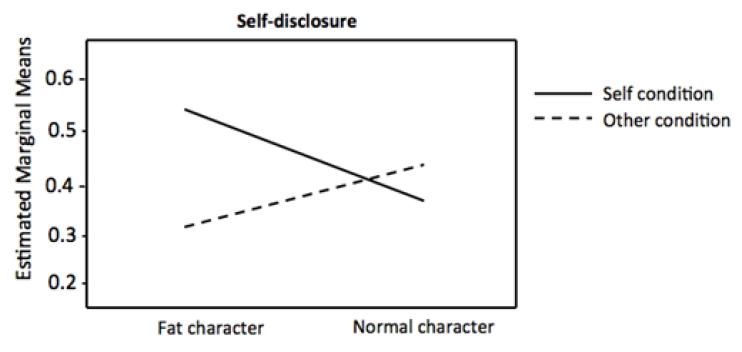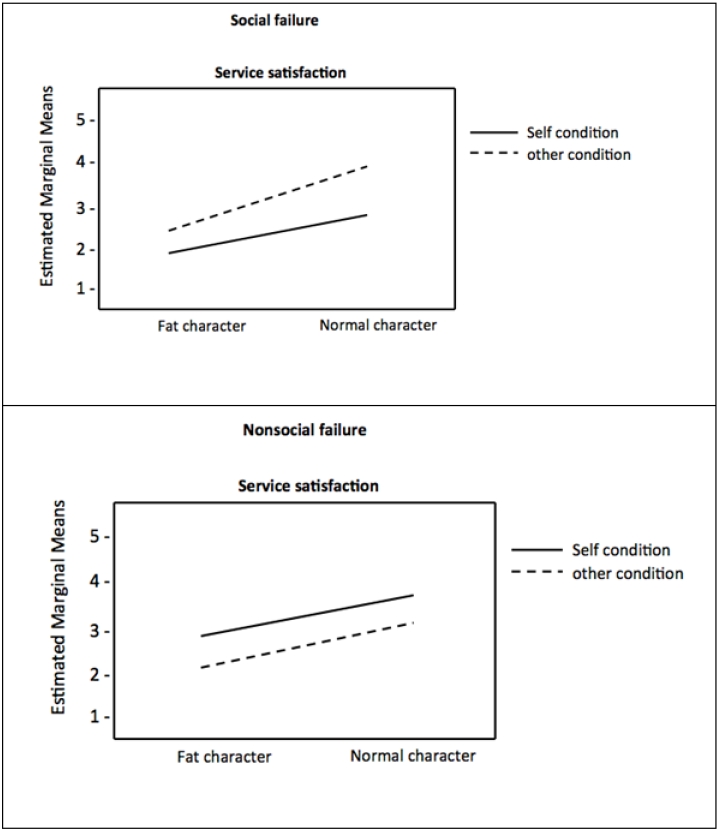Allport, F. H. (1954). The structuring of events: outline of a general theory with applications to psychology.
Psychological Review,
61(5), 281-303.
https://doi.org/10.1037/h0062678


Altman, I., & Taylor, D. A. (1973). Social penetration: The development of interpersonal relationships. Holt, Rinehart & Winston.
Bargh, J. A. (1994). The four horsemen of automaticity: Intention, awareness, efficiency, and control as separate issues. In R. Wyner & T. Srull (Eds.), Handbook of social cognition (p. 101). Lawrence Erlbaum
Bargh, J. A., Chen, M., & Burrows, L. (1996). Automaticity of social behavior: Direct effects of trait construct and stereotype activation on action.
Journal of Personality and Social Psychology,
71(2), 230-244.
https://doi.org/10.1037/0022-3514.71.2.230


Baumeister, R. F. (2010). The self. Advanced Social Psychology: The State of The Science, 139-175.
Bayat, B., Akbarisomar, N., Tori, N. A., & Salehiniya, H. (2019). The relation between self-confidence and risk-taking among the students. Journal of Education and Health Promotion, 8.
Bearden, W. O., Hardesty, D. M., & Rose, R. L. (2001). Consumer self-confidence: Refinements in conceptualization and measurement.
Journal of Consumer Research,
28(1), 121-134.

Bearden, W. O., & Teel, J. E. (1980). An investigation of personal influences on consumer complaining. Journal of Retailing, 56(3), 3-20.
Brown, J. D. (1986). Evaluations of self and others: Self-enhancement biases in social judgments.
Social Cognition,
4(4), 353-376.

Cafri, G., Yamamiya, Y., Brannick, M., & Thompson, J. K. (2005). The influence of sociocultural factors on body image: A meta-analysis.
Clinical Psychology: Science and Practice,
12(4), 421-433.
https://doi.org/10.1093/clipsy.bpi053

Cash, T. F. (2000). Body image. Oxford University Press.
Chan, H., Wan, L. C., & Sin, L. Y. M. (2009). The contrasting effects of culture on consumer tolerance: Interpersonal face and impersonal fate.
Journal of Consumer Research,
36(2), 292-304.
https://doi.org/10.1086/597329

Consiglio, I., & van Osselaer, S. M. J. (2019). The devil you know: Self-esteem and switching responses to poor service.
Journal of Consumer Research,
46(3), 590-605.
https://doi.org/10.1093/jcr/ucz001

Davis, M. H., & Franzoi, S. L. (1987). Private self-consciousness and self-disclosure In V. J. Derlega & J. H. * Berg (Eds.), Self-disclosure: Theory, research, and therapy (pp. 59-79) Boston, MA:Springer US.
DeJong, W. (1980). The stigma of obesity: The consequences of naive assumptions concerning the causes of physical deviance.
Journal of Health and Social Behavior,
21(1), 75.
https://doi.org/10.2307/2136696


Dmitruk, V. M., Collins, R. W., & Clinger, D. L. (1973). The ŌĆ£Barnum effectŌĆØ and acceptance of negative personal evaluation.
Journal of Consulting and Clinical Psychology,
41(2), 192-194.
https://doi.org/10.1037/h0035106


Dohnt, H. K., & Tiggemann, M. (2006). Body image concerns in young girls: The role of peers and media prior to adolescence.
Journal of Youth and Adolescence,
35, 135-145.


Fazio, R. H., Effrein, E. A., & Falender, V. J. (1981). Self-perceptions following social interaction.
Journal of Personality and Social Psychology,
41(2), 232,

Frank, M. G., & Gilovich, T. (1988a). The dark side of self- and social perception: Black uniforms and aggression in professional sports.
Journal of Personality and Social Psychology,
54(1), 74-85.
https://doi.org/10.1037/0022-3514.54.1.74


Frank, M. G., & Gilovich, T. (1988b). The dark side of self- and social perception: Black uniforms and aggression in professional sports.
Journal of Personality and Social Psychology,
54(1), 74-85.
https://doi.org/10.1037/0022-3514.54.1.74


Furnham, A., & Schofield, S. (1987). Accepting personality test feedback: A review of the Barnum effect.
Current Psychology,
6(2), 162-178.
https://doi.org/10.1007/BF02686623

Greene, K., Derlega, V. J., & Mathews, A. (2006). Self-disclosure in personal relationships.
The cambridge handbook of personal relationships. (Vol. 409, pp. 409-428). Cambridge University Press.
https://doi.org/10.1017/CBO9780511606632.023
Johnson, J. T., Cain, L. M., Falke, T. L., Hayman, J., & Perillo, E. (1985). The ŌĆ£Barnum effectŌĆØ revisited: Cognitive and motivational factors in the acceptance of personality descriptions.
Journal of Personality and Social Psychology,
49(5), 1378-1391.
https://doi.org/10.1037/0022-3514.49.5.1378

Jung, C. G. (1971). Psychological types. Princeton:Princeton University Press.
Kim, Y. (2010). Can your avatar improve your health? The impact of avatar customization. Pennsylvania State University.
Kittur, A., Chi, E. H., & Suh, B. (2008). Crowdsourcing user studies with Mechanical Turk.
Proceedings of the SIGCHI Conference on Human Factors in Computing Systems, 453-456.
https://doi.org/10.1145/1357054.1357127

Laurenceau, J.-P., Barrett, L. F., & Pietromonaco, P. R. (2004). Intimacy as an interpersonal process: The importance of self-disclosure, partner disclosure, and perceived partner responsiveness in interpersonal exchanges.
Close relationships. (Vol. 74, Issue 5, pp. 254-270). Psychology Press.
https://doi.org/10.4324/9780203311851-23
Lazarus, R. S. (1991). Cognition and motivation in emotion.
American Psychologist,
46(4), 352,


Littleton, H. L., & Ollendick, T. (2003). Negative body image and disordered eating behavior in children and adolescents: What places youth at risk and how can these problems be prevented? Clinical Child and Family Psychology Review, 46(6), 51-66.
Molloy, B. L., & Herzberger, S. D. (1998). Body image and self-esteem: A comparison of African-American and Caucasian women. Sex Roles, 38(7-8), 631-643.
Olivardia, R., Pope, H. G., Borowiecki, J. J., & Cohane, G. H. (2004). Biceps and body image: The relationship between muscularity and self-esteem, depression, and eating disorder symptoms.
Psychology of Men & Masculinity,
5(2), 112-120.
https://doi.org/10.1037/1524-9220.5.2.112

Pilegge, A. J., & Holtz, R. (1997). The effects of social identity on the self-set goals and task performance of high and low self-esteem individuals.
Organizational Behavior and Human Decision Processes,
70(1), 17-26.
https://doi.org/10.1006/obhd.1997.2689


Pratto, F., & Bargh, J. A. (1991). Stereotyping based on apparently individuating information: Trait and global components of sex stereotypes under attention overload.
Journal of Experimental Social Psychology,
27(1), 26-47.
https://doi.org/10.1016/0022-1031(91)90009-U

Smith, A. K., Bolton, R. N., & Wagner, J. (1999). A model of customer satisfaction with service encounters involving failure and recovery.
Journal of Marketing Research,
36(3), 356.
https://doi.org/10.2307/3152082

Snyder, C. R., Shenkel, R. J., & Lowery, C. R. (1977b). Acceptance of personality interpretations: The ŌĆ£Barnum effectŌĆØ and beyond.
Journal of Consulting and Clinical Psychology,
45(1), 104-114.
https://doi.org/10.1037/0022-006X.45.1.104


Snyder, M., & Cunningham, M. R. (1975). To comply or not comply: Testing the self-perception explanation of the ŌĆ£foot-in-the-doorŌĆØ phenomenon.
Journal of Personality and Social Psychology,
31(1), 64-67.
https://doi.org/10.1037/h0076245


Staffieri, J. R. (1967). A study of social stereotype of body image in children.
Journal of Personality and Social Psychology,
7(1, Pt.1), 101-104.
https://doi.org/10.1037/h0021227


Stapleton, P. B., & Nikalje, A. (2013). Constructing body image in university women: The relationship between self-esteem, self-compassion, and intuitive eating. International Journal of Healing and Caring, 13(2), 1-20.
Stephens, N., & Gwinner, K. P. (1998). Why donŌĆÖt some people complain? a cognitive-emotive process model of consumer complaint behavior.
Journal of the Academy of Marketing Science,
26(3), 172-189.
https://doi.org/10.1177/0092070398263001

Williams, J. M., & Currie, C. (2000). Self-esteem and physical development in early adolescence: Pubertal timing and body image.
The Journal of Early Adolescence,
20(2), 129-149.









